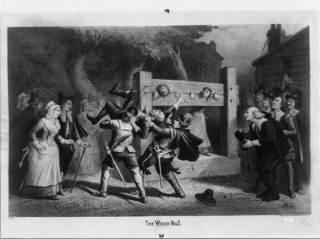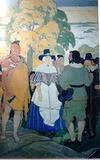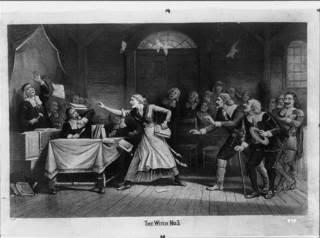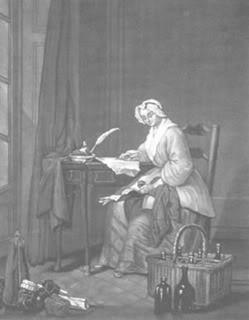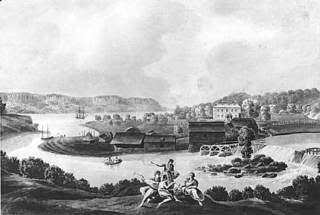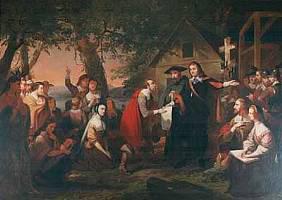Witchcraft in Connecticut Murder may be the surest ticket to the death chamber in Connecticut today, but 350 years ago, witchcraft was the crime most likely to result in a death sentence. Connecticut made witchcraft a capital offense as far back as 1642. Between 1647, when Alice Young of Windsor was hanged for witchcraft, to 1663, when the state’s taste for executing suspected witches began to wane, Connecticut convicted and executed more witches than anywhere else in colonial America. At least seven suspected witches were executed during that time.
